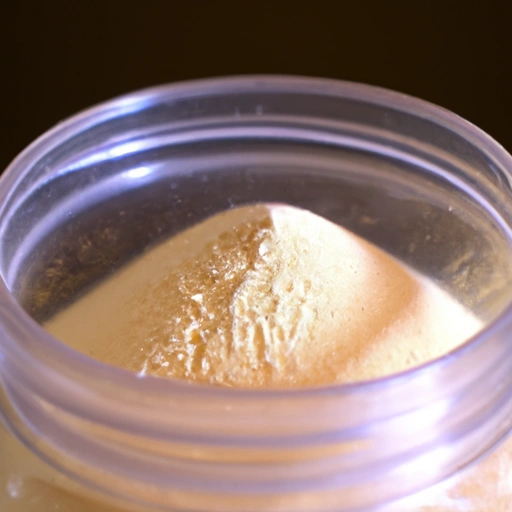Malt Powder
Description

Malt powder, also known as malted milk powder, is a fine, sweet, yellowish powder made from malted barley grains that have been sprouted, dried, and ground. It is commonly used to add flavor, color, and nutritional value to a variety of food products. In cooking, malt powder is often used to improve the texture and flavor of baked goods, as well as in beverages like milkshakes and smoothies. Its distinctive malty taste is a beloved addition to many recipes around the world.
Common uses
Malt powder is widely used in the food industry, from confectioneries to bakeries, and in the home kitchen. It adds a rich, nutty flavor to various products like bread, cookies, malted milkshakes, and even as a topping for ice cream. Additionally, it is a key ingredient in the brewing process of beer, where it contributes to the beer's color, flavor, and the sugars needed for fermentation.
Nutritional value
Calories
A typical serving of malt powder (10 grams or approximately 1 tablespoon) contains about 35 calories.
Protein
Malt powder contains around 1 gram of protein per serving.
Fat
It is generally low in fat, with less than 0.5 grams per serving.
Carbohydrates
The carbohydrate content of malt powder is about 7 grams per serving, primarily in the form of sugars.
Vitamins
Malt powder is a source of B vitamins, particularly vitamin B6 and niacin.
Minerals
It also provides essential minerals such as iron, magnesium, and calcium.
Health benefits
The B vitamins in malt powder can help to support energy levels, while the minerals like calcium and magnesium promote bone health. Its iron content may also help in preventing anemia. However, as malt powder is high in sugars, it should be consumed in moderation.
Potential risks
Excessive intake of malt powder can lead to increased blood sugar levels due to its high sugar content. Individuals with gluten intolerance or celiac disease should avoid it as it contains gluten.
Common recipes
Malt powder is commonly used in recipes for malted milkshakes, chocolate malt cakes, malt bread, and confectionery items such as Maltesers and Whoppers. It is also used in brewing beer and distilling whiskey.
Cooking methods
In baking, it can be added directly to doughs and batters. When brewing, it is mashed with water to extract fermentable sugars.
Pairing with other ingredients
Malt powder pairs well with chocolate, vanilla, dairy products, and other sweet and savory flavors. It can complement the richness of a chocolate cake or bring balance to a tangy sourdough bread.
Summary
Malt powder is a versatile ingredient with a rich history that spans from ancient brewing traditions to modern culinary applications. It provides both flavor and nutritional benefits, making it a popular addition to various recipes. While malt powder is generally safe for consumption, it should be enjoyed in moderation, especially by those with specific dietary restrictions.